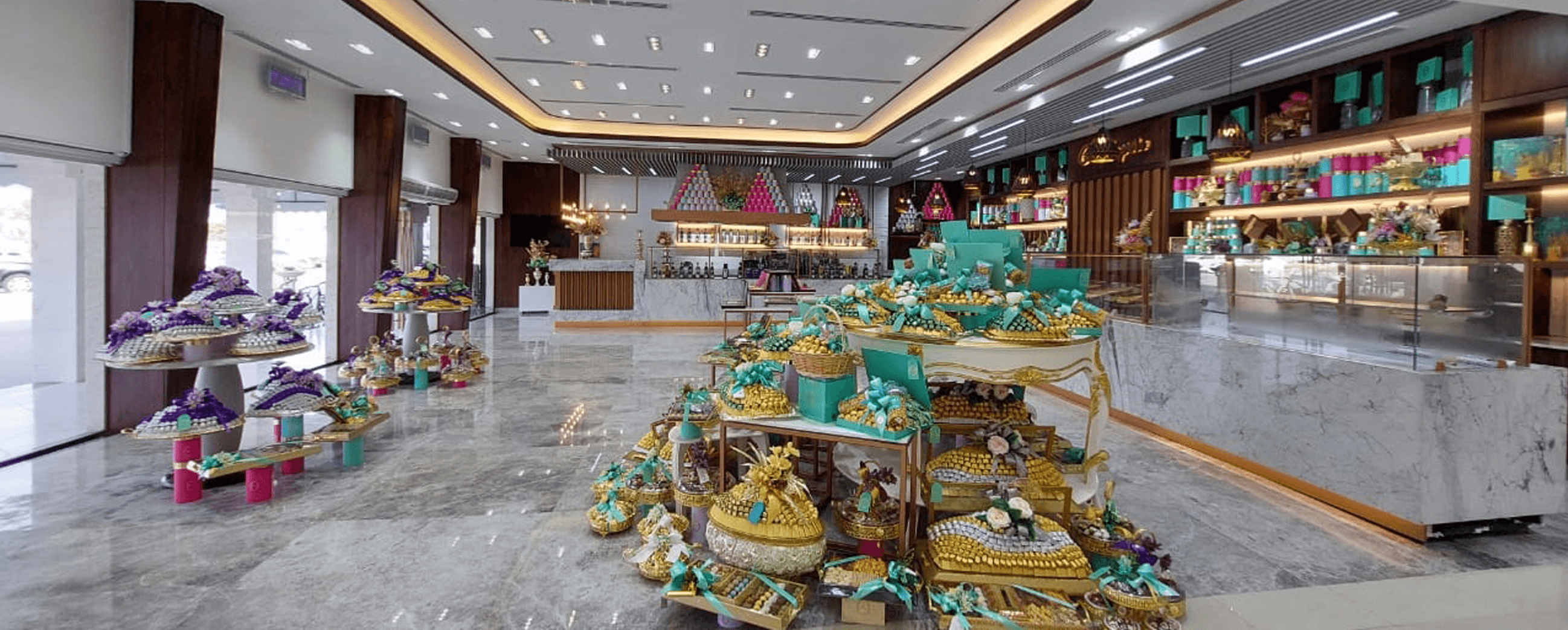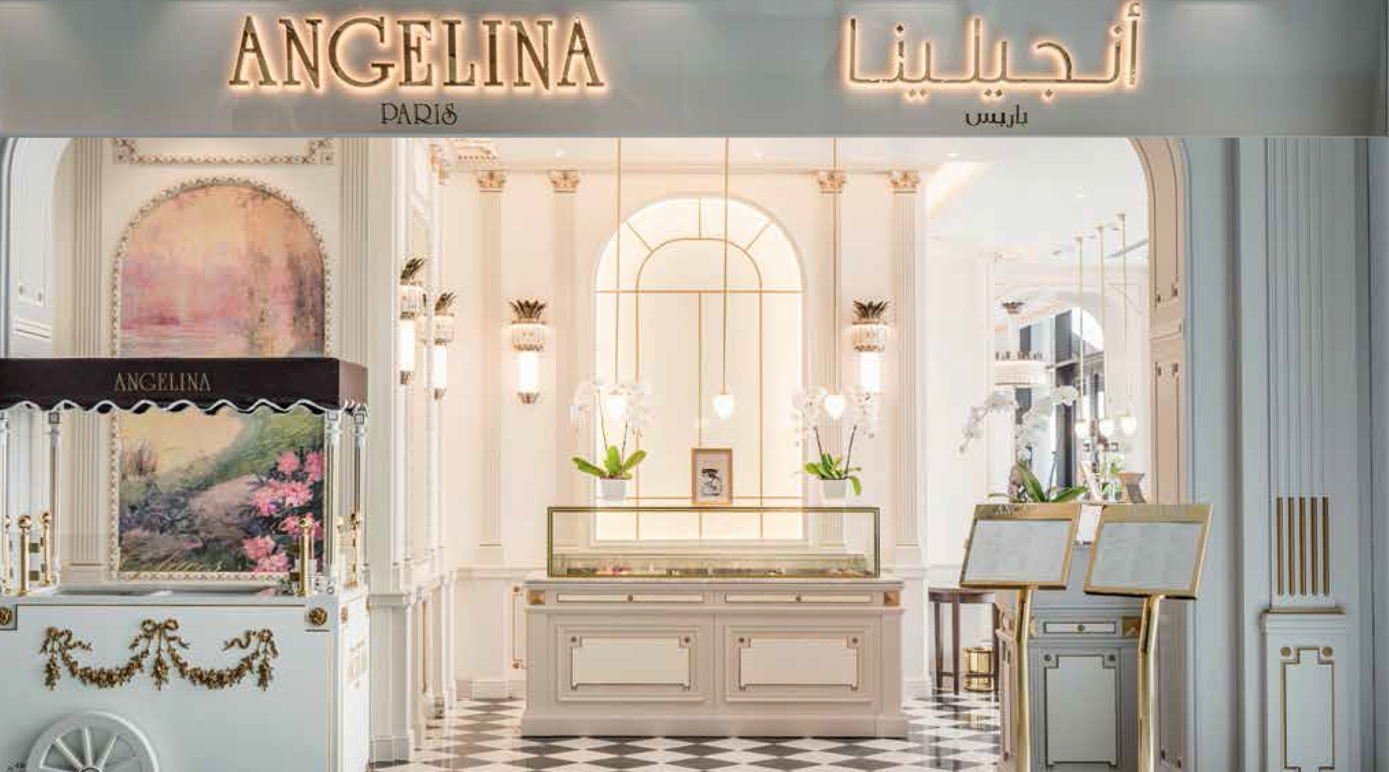These seven principles of interior design help you create a well-designed interior that maximizes the aesthetic and economic value of your property.
1. Balance: Balance creates visual harmony by distributing elements evenly in the space. It is achieved by using shapes, colors, patterns and textures.
Three ways to strike a balance in interior design are:

2. Unity - emphasizes uniformity among design elements. Having similar colors, patterns, textures and equally spaced objects creates visual continuity and brings everything together.
Take a look at this picture.

Though the designer has used different textures and shapes, the single color scheme unites everything in the space and makes every element feel like it belongs.
3. Rhythm - The human brain is drawn towards patterns and recognizes similar objects quickly. Rhythm involves creating repetition and contrast in a space and helps maintain visual interest.
There are several ways to create rhythm.
Using the same color or pattern at regular intervals:
E.g: Painting a wall green and using the same color on the dining chair cushions.
Rotating two elements in a pattern:
E.g: Alternating two types of pendant lights
Arranging elements in ascending or descending order based on their color or size.

4. Emphasis - uses the principle of focusing on one central element and using others to complement it.
Example: A large piece of furniture such as a grand piano. A piece of art like a painting. Or a design feature like a wall.

5. Contrast - Interior designers create contrast by combining two or more colors, forms or spaces.
Example: Painting opposite colors like black and white. Putting two different shapes together. Like balancing a round mirror with a rectangular dining table.

6. Scale and proportion - To achieve harmony in design, designers use the golden ratio of 1.618. This translates to using proportionally sized objects.
Examples: Avoid using a large chandelier in a small apartment. Furniture larger than bean bags should be used in spaces with high Ceilings.

7. Attention to detail - Don’t overlook the little things. They could mean the difference between a good interior and a great one.
Examples: embroideries on cushions, handles on cabinets, framed prints on walls and other seemingly insignificant details that, when tweaked, make the space look more appealing.